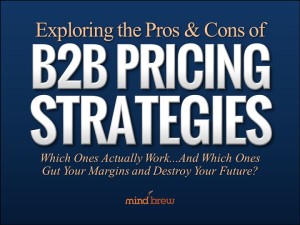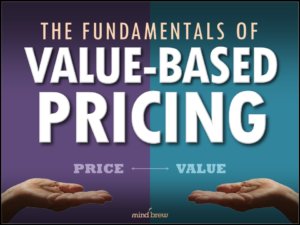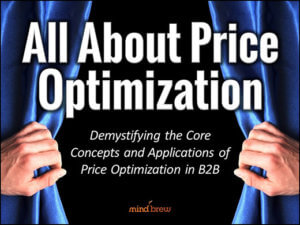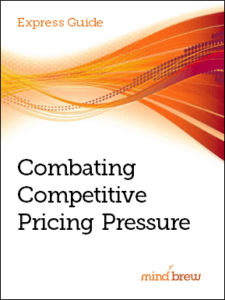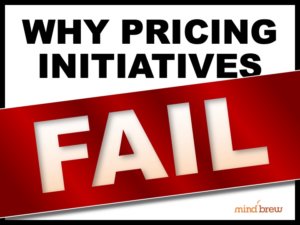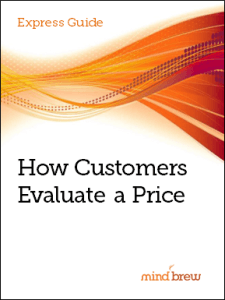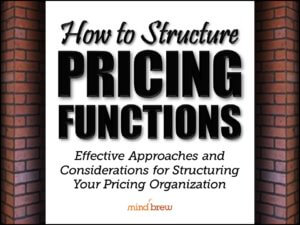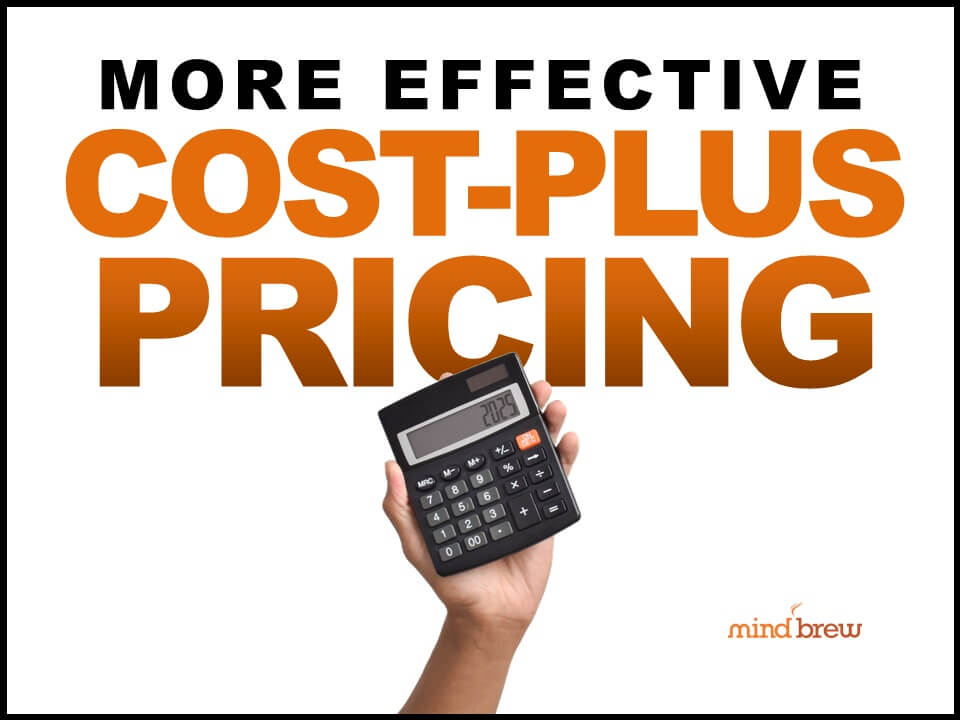In response to number of Help Desk inquires, we conducted a webinar on the pros and cons of various B2B pricing strategies. In the session, we covered nine different strategies that we’ve found to be fairly common in B2B environments:
- Cost-Plus Pricing
- Penetration Pricing
- Attach-Rate Pricing
- Customer Lifecycle Pricing
- Skim or Premium Pricing
- Competition-Based Pricing
- High-Low Pricing
- Market-Based Pricing
- Value-Based Pricing
Unexpectedly, this little expose of ours caused a bit of stir. There were a few practitioners who didn’t like hearing that their “go to” strategies might have some serious negative consequences. And too, there were a couple of pricing consultants who were none too pleased that we highlighted big problems with some of their bread and butter recommendations.
But we wouldn’t be doing our job if we let concerns about ruffled feathers prevent us from sharing the truth as we know it with our subscribers…
The uncomfortable truth is that many of these common pricing strategies are only minimally effective under very specific circumstances. Moreover, almost all of them can have significant downsides that are rarely…if ever…discussed in the textbooks. And frankly, a couple of these strategies can be so destructive in B2B environments that they shouldn’t even be up for consideration.
All that being said, however, the session wasn’t all bad news. We also highlighted a pricing strategy that has very few downsides…
It’s hard to argue against the strategy of aligning prices to customers’ perceptions of value. In nearly any situation or circumstance, this strategy allows you to maximize sales without leaving money on the table. In fact, through these more targeted and deliberate alignments, a value-based pricing strategy can effectively accomplish what many of the other strategies purport to do, but without so many unintended consequences.
For the most part, the biggest downsides to a value-based pricing strategy have to do with the thought and effort involved…
To pull it off effectively, you have to do some homework. You have to develop a deeper understanding as to what different customer segments value and why. And then, you have to be able to credibly articulate how your offerings deliver more of whatever these customers value than the alternatives they consider to be viable.
Simply put, while a value-based pricing strategy will be far more effective in most situations, the primary downside is that it’s not nearly as easy as just putting “Penetration Pricing” in slide deck as a smart-sounding way to obfuscate the fact that you’re just going to price 10% under the lowest competitor.
It’s an interesting menu…
Some of the strategies we discussed in the webinar are easy…but totally ineffective and often very destructive. Other strategies require quite a bit of effort…while still being largely ineffective and rife with unintended consequences. A couple of the strategies, however, are very effective…especially in combination…but here again, they require much more effort and thought.
Hmmmm…which will you choose?

